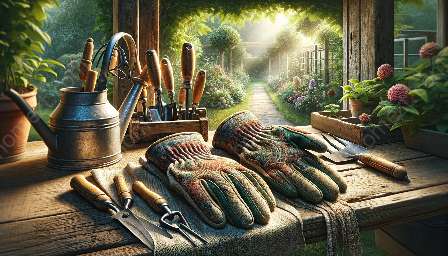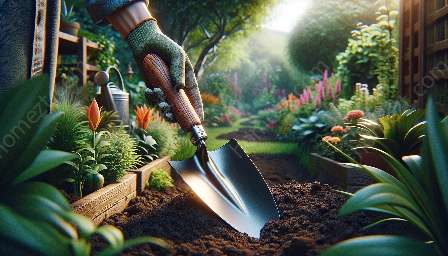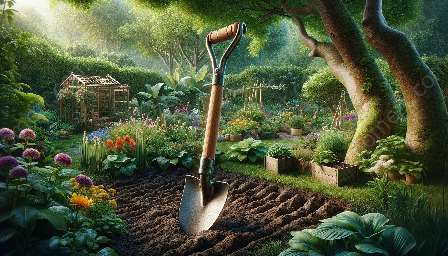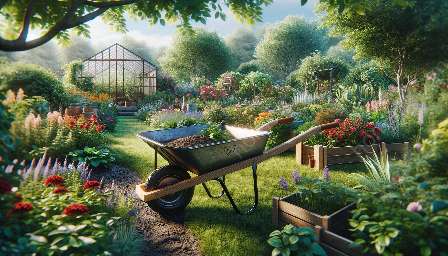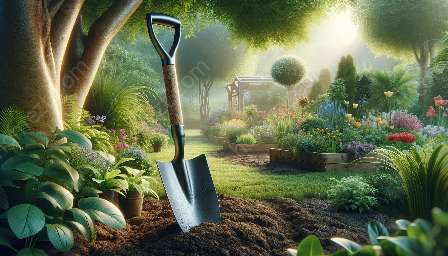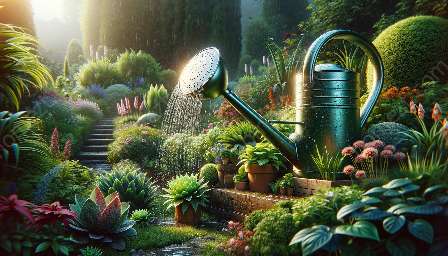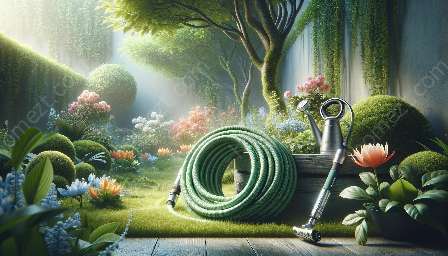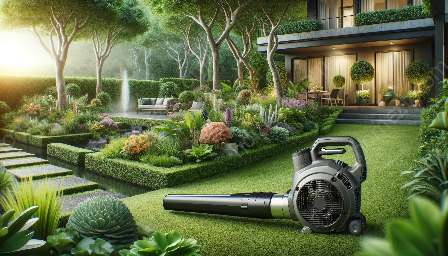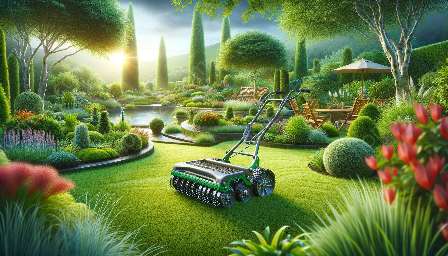Garden hoses are indispensable tools for maintaining a flourishing garden, and they play a vital role in the landscape maintenance. In this comprehensive guide, we will explore the different types of garden hoses, their features, and maintenance tips while ensuring they are compatible with gardening tools and equipment as well as landscaping.
Understanding the Importance of Garden Hoses
Garden hoses are an essential part of any gardening and landscaping toolkit, allowing for efficient watering, cleaning, and maintenance of outdoor spaces. They provide the means to deliver water where it is needed, ensuring the health and vitality of plants, trees, and lawns.
Types of Garden Hoses
There are several types of garden hoses available, each designed to cater to specific needs and preferences. These include:
- Standard Garden Hoses: These are the most common type of garden hoses, made of durable materials such as rubber or vinyl. They are suitable for most general gardening and cleaning tasks.
- Expandable Garden Hoses: These hoses are designed to expand when filled with water and contract when the water is turned off. They are lightweight and space-saving, making them convenient for storage.
- Soaker Hoses: Soaker hoses release water along their length, making them ideal for delivering a slow, steady stream of water to the roots of plants. They are particularly useful for watering garden beds and borders.
- Length: Choose a hose that can comfortably reach all areas of your garden or lawn without being taut or too loose.
- Diameter: The diameter of the hose determines the water flow rate. Thicker hoses allow for higher water volume, while thinner hoses are more lightweight and flexible.
- Material: Garden hoses are made from different materials, with vinyl, rubber, and reinforced hoses being popular choices. Consider the durability and flexibility offered by each material.
- Connector Type: Check the compatibility of the hose connectors with your existing watering equipment and outdoor faucets.
- Proper Storage: Store your garden hose in a cool, dry place to prevent deterioration from UV exposure and harsh weather conditions.
- Regular Cleaning: Rinse, drain, and coil your hose after each use to prevent kinking and build-up of dirt and debris.
- Repairing Leaks: Check for leaks and repair them promptly using hose repair kits to prevent water wastage.
- Sprinklers: Attach a garden hose to sprinklers for efficient and consistent watering of lawns and large garden areas.
- Spray Nozzles: Use spray nozzles to adjust the water pressure and spray pattern to suit different watering and cleaning tasks.
- Pressure Washers: Connect a garden hose to a pressure washer for powerful cleaning of outdoor surfaces, patios, and driveways.
Features to Consider
When selecting a garden hose, consider the following features:
Maintenance Tips
To ensure the longevity and efficiency of your garden hose, follow these maintenance tips:
Compatibility with Gardening Tools and Equipment
Garden hoses are compatible with a variety of gardening tools and equipment, including:
Enhancing Landscaping with Garden Hoses
Besides their functional uses, garden hoses can also contribute to the aesthetic appeal of landscaping. Consider using decorative hoses or concealing hoses within garden beds to maintain a visually pleasing outdoor environment.
Conclusion
From watering plants to cleaning outdoor surfaces, garden hoses are indispensable for anyone involved in gardening and landscaping. By understanding the different types, features, and maintenance tips for garden hoses, you can ensure the efficient and effective care of your outdoor spaces.

